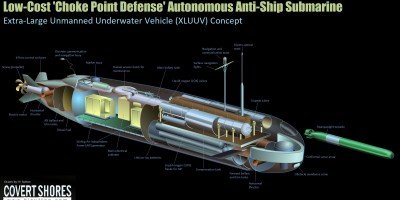
Tag: Submarine
11 Posts

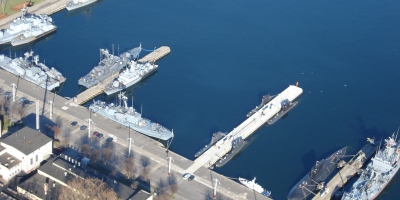
Baltic Sea, Blog Posts, Poland, Sweden
Uncertain Future for Swedish Silent Service
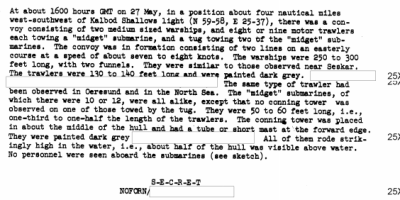
Midget Submarines at Kalbådagrund
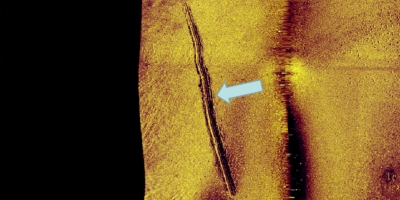
Red October Revisited – Yes, there was a foreign submarine
Korean Sabre Rattling
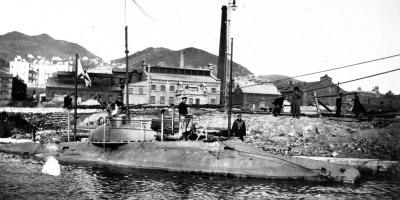
Ocean X Team and the Midget Submarine that wasn’t

Sunken Midget Submarine in Swedish Waters

Red April – The Harmaja Subhunt

Where are the Finnish Submarines?

